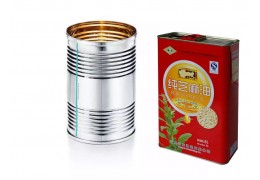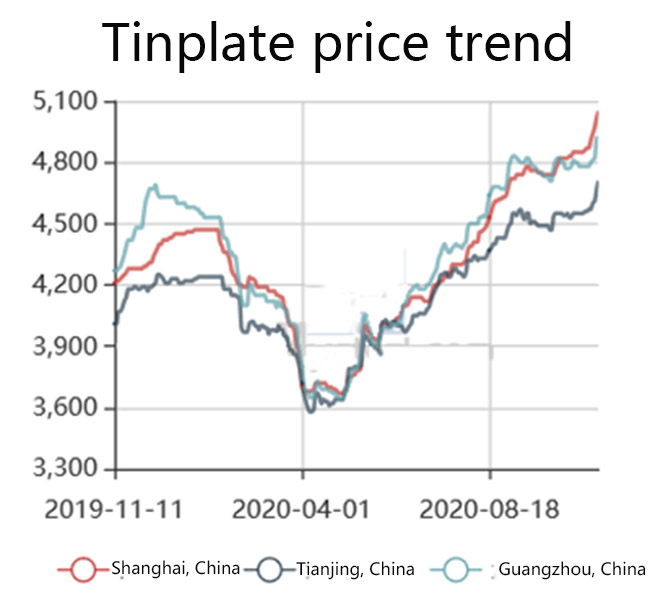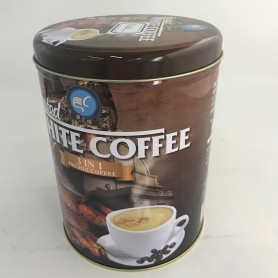Custom gift tin boxes...
Catégories de blogs
- Actualités sur les boîtes en fer blanc (424)
- Coffret cadeau de vacances (49) click
- 832 / 5,000 Où acheter une boîte en fer blanc personnalisée ? (225)
- Processus de fabrication de boîtes en fer blanc (271)
- Nouvelles de l'usine de boîtes en fer blanc (129)
- Nouvelles de l'industrie de l'emballage (335)




















Derniers commentaires